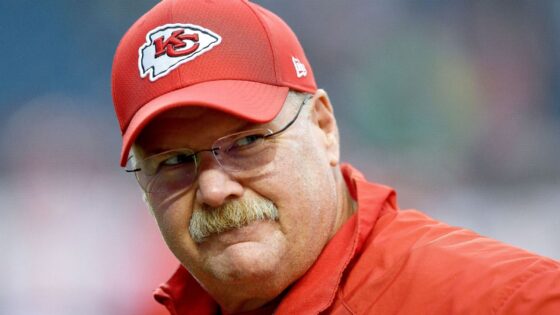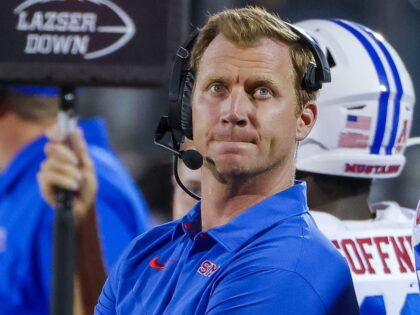In 2025, NASCAR stands at a pivotal crossroads, delicately balancing its rich traditions with the evolving tastes of a modern audience. This tension was vividly illustrated by the polarizing reaction to the Chicago Street Race back in 2023. Now, as you know, this was a bold innovation that attracted new fans. But, on the other hand, it left some longtime followers longing for the familiar roar of the oval.
NASCAR’s fanbase represents a spectrum: Older fans cherish the iconic ovals like Daytona and Talladega, steeped in decades of lore. Others, particularly newer enthusiasts, crave fresh experiences like street courses and innovative race formats that push boundaries. This divide encapsulates NASCAR’s central challenge. How to innovate and grow without alienating the loyal fanbase that built the sport’s foundation.
The pull of tradition
At NASCAR’s core lies a legacy intertwined with legendary oval tracks and classic race formats. Any long-time NASCAR fan will proudly tell you that tracks such as Daytona International Speedway, Talladega Superspeedway, and Bristol Motor Speedway are more than just venues. For them, they are cultural landmarks that have shaped American motorsport identity over generations. These places offer a unique fan experience.
Think packed grandstands with fans witnessing thunderous high-speed pack racing, drafting battles, and historic moments that resonate deeply with the sport’s roots. Oval racing’s simpler layout allows spectators to see much of the action from their seats, creating a communal and immersive atmosphere difficult to replicate elsewhere. For many longtime fans, these traditions are the lifeblood of NASCAR, anchoring their loyalty and passion through decades of change.
The push for change
At the same time, NASCAR is embracing innovation to capture new audiences and adapt to shifting entertainment preferences. The introduction of more road and street courses in the calendar, highlighted by events like the Chicago Street Race and upcoming San Diego race, adds fresh technical challenges and vibrant urban settings to the schedule. Night races and expanded television coverage via streaming platforms and social media strategies reflect NASCAR’s push to meet younger, digital-savvy fans where they are.
Technological advancements such as the Next Gen car, designed for greater parity, safety, and competitive racing, demonstrate NASCAR’s attempt to modernize the sport’s image and racing dynamics. These changes show NASCAR’s willingness to break from tradition and experiment with formats that surprise and engage new viewers.
The flashpoints of fan debate
However, innovation has not come without controversy. Schedule changes, including the removal of some historic tracks, have sparked harsh criticism from purists. Debates rage over stage racing, playoff formats, and overtime rules, which some fans see as artificial manipulations undermining authentic racing. Then, the divide about the Next-Gen car among veterans, drivers, and fans is a major topic in itself.
Safety regulations, essential for driver protection, sometimes clash with calls to “let drivers race,” creating a delicate balance between risk and spectacle. The cumulative effect is a polarized fan base. Every change (big or small) invites scrutiny, with some fearing NASCAR risks losing its unique identity in chasing novelty.
Drivers and teams in the middle
For drivers and teams, these changes have profound implications on strategy and performance. The increasing number of road courses demands versatility. It favors drivers with diverse skill sets like Shane van Gisbergen and Kyle Larson while challenging traditional oval specialists. Adaptation affects career trajectories, with rookies often more comfortable embracing new formats and veterans balancing experience with evolving race dynamics. Crew chiefs and engineers must develop flexible car setups, shifting focus from solely oval tuning to mastering road and street course nuances. This evolution tests NASCAR’s competitive fabric, pushing all involved to evolve continuously.
Lessons from other sports
NASCAR is not alone in navigating the tension between tradition and modernization. Formula 1 successfully blends classic circuits with new venues worldwide, while embracing technology and fan engagement innovations to grow its global audience. IndyCar maintains a mix of ovals and road courses while adapting formats to enhance excitement. Even the NFL experiments with rule changes and scheduling tweaks to balance player safety and viewer interest. These sports illustrate the risks and rewards of change. They show NASCAR paths it can emulate, such as gradual innovation and transparent fan communication, while cautioning against alienating core identities.
The road ahead
NASCAR’s future will see continued experiments in scheduling and race formats, with plans to add more road courses and novel events. This strategy hopes to diversify the fanbase and appeal to a new generation with varied tastes. But the sport must carefully manage risks. Overloading the schedule with too many changes could lead to fan fatigue or dilution of the traditional NASCAR essence. Success will hinge on listening to fans, engaging drivers, and balancing past and future to keep the sport vibrant and relevant.
Can NASCAR truly please everyone, or must it choose a lane? The answer remains elusive. As NASCAR evolves, it must honor its storied past while embracing the future, seeking a path that respects tradition without fear of change. Finding harmony between these forces will define NASCAR’s identity and its legacy for years to come.
The post Balancing Tradition and Change: NASCAR’s Struggle to Please Everyone appeared first on EssentiallySports.



